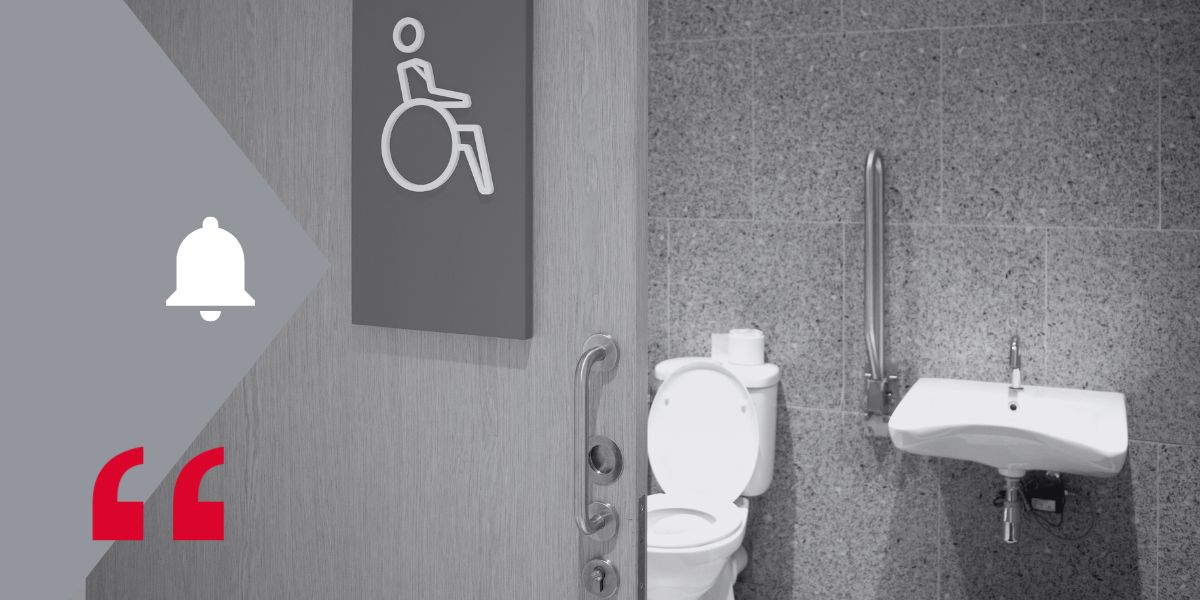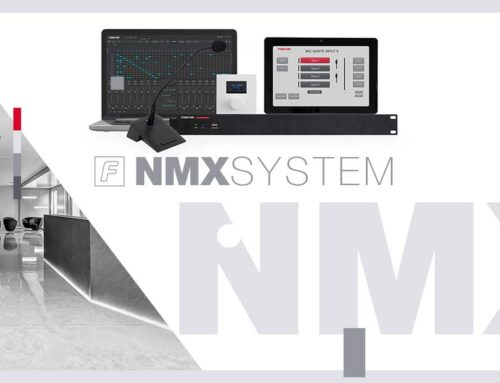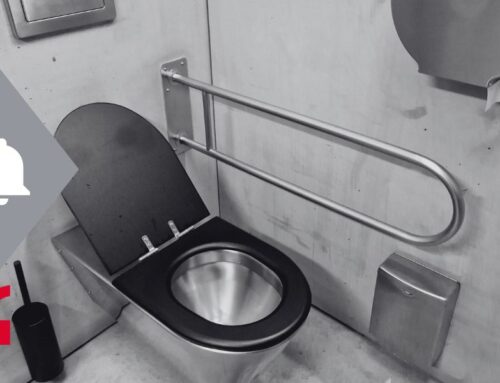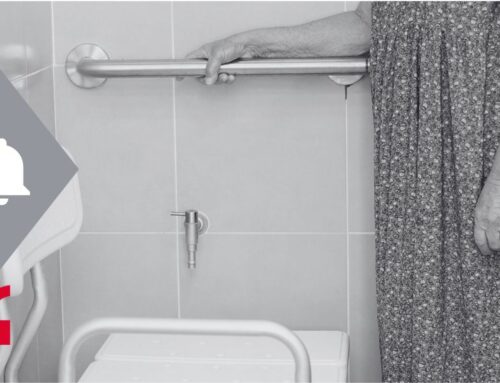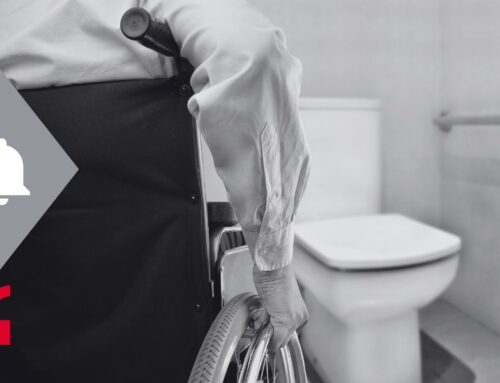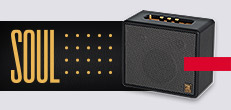Accessibility and safety in public restrooms are fundamental aspects to ensure the autonomy of people with disabilities or reduced mobility. A key component of this accessibility is the assistance call devices, which allow requesting help in case of an emergency. In this article, we will explore the CTE-DB SUA 3.1.2 regulation regarding ensuring the safety and autonomy of people with disabilities or reduced mobility in accessible public restrooms through an emergency assistance call system.
Current Regulations on Assistance Call Devices in Spain
In Spain, the alarm regulation for disabled restrooms that regulates the assistance call devices in accessible public restrooms is found in CTE – DB SUA 3.1.2 (Technical Building Code – Basic Document on Safety of Use and Accessibility). This regulation establishes several key requirements that must be met to ensure the safety and accessibility of restrooms and changing rooms.
According to the regulation:
“In public areas, accessible restrooms and accessible changing rooms will have a device inside that is easily accessible, through which an assistance call can be transmitted to a control point and allows the user to verify that their call has been received, or that it is noticeable from a frequently traveled path.”
This means that accessible restrooms and changing rooms must have a device that allows people with disabilities or reduced mobility to request help easily and quickly in case of an emergency. According to the alarm regulation for disabled restrooms, the device must be located where it is easy to reach and use, ensuring that anyone who needs assistance can use it without problems.
For the assistance call to be effective, it must be noticeable in at least two ways: visually and acoustically, emitted simultaneously. This ensures that the help call is captured by both sight and hearing, increasing the chances of a quick response. The alarm regulation for disabled restrooms establishes that these signals must be clear and easy to detect.
Acoustic Requirements in Spanish Regulation CTE – DB SUA 3.1.2
- To make an acoustic signal noticeable from an area, the alarm regulation for disabled restrooms states that the ambient noise level of that area must be considered. According to the UNE-EN-ISO 7731:2008 standard, the acoustic signal must be at least 15 dB above the ambient noise level. Additionally, to be heard correctly, the volume of the danger signal must be at least 65 dB in any part of the reception area. This ensures that the assistance call is loud enough to be heard clearly, even in noisy places.
- If the background noise exceeds 100 dB, it is recommended to use additional visual signals, in addition to the auditory ones (such as visual danger signals following ISO 11428 and ISO 11429 standards). In any case, the maximum volume of the signal must not exceed 118 dB in the reception area. This limit ensures that the signal does not damage people’s ears while still being effective.
Light Signal Requirements in Spanish Regulation CTE – DB SUA 3.1.2
- The alarm regulation for disabled restrooms states that light signals must meet certain requirements. According to the UNE 170001-1 standard, the light must stand out from the environment and be intense enough to be seen without causing glare. This ensures that visual signals are clear and visible in different lighting conditions.
- Additionally, the ISO 21542 standard states that using a flashing light with a frequency of 0.5 Hz to 4 Hz reduces the risk of causing epileptic seizures in people with this condition. This is important to ensure that visual signals are safe for all citizens, including those with specific health conditions.
Button Requirements in Spanish Regulation CTE – DB SUA 3.1.2
Regarding the characteristics of the button, this type of assistance device is frequently used by people who have fallen and are unable to get up. According to the alarm regulation for disabled restrooms, it should be designed to be activated from the seats provided for changing or showering, from the toilet, and also by a person lying on the floor throughout the area where transfer to the toilet/seat can be performed.
“The ISO 21542 standard recommends that the device should take the form of a pull cord, colored red, with two red bracelets 50 mm in diameter, one located at a height between 800 mm and 1100 mm, and the other at a height of 100 mm.”
This recommendation establishes that the assistance call device must be a red pull cord, visible and accessible from different heights. The red bracelets help quickly identify the device, ensuring that people with disabilities can easily activate it from the toilet, changing seats, or even from the floor in case of a fall. The alarm regulation for disabled restrooms guarantees that these devices are easy to use and accessible from various positions.
Conclusion
The installation of assistance call devices in public restrooms is an essential measure to ensure the safety and accessibility of people with disabilities. Complying with the alarm regulation for disabled restrooms is not only a legal obligation but also a social responsibility and a commitment to inclusion. Ensuring that these devices are installed correctly and maintained in good condition is crucial to providing a safe and accessible environment for all.
